Persistent memory can be utilised in a multitude of different ways to provide reduced latency for applications, including:
Data Analytics: Intel Optane PMem offers opportunities for optimising the query processing performance of database workloads, especially its rare mix of low latency, massive capacity, persistence and byte-addressability.
Virtualisation: Intel Optane Persistent Memory possesses the cost-efficiency, memory capacity and performance to make it an ideal choice for virtualisation applications.
Database: Through significantly boosting the capacity of available system memory, PMem can help analytics database workloads through keeping more “hot data” closer to the CPU.
Fraud Detection: By utilising persistent memory, the speed at which financial institutions are able to run data analytics on millions of records and detect fraudulent behaviour is greatly increased, ultimately helping companies avoid financial losses and negative impact on the brand.
Cyberthreat Analysis: Persistent memory enables businesses to act fast to detect and then safeguard themselves from ever-increasing cyberthreats.
Web-scale Personalisation: With persistent memory, companies are able to craft unique online experiences for each user by presenting relevant content and adverts, which leads to increased clickthrough rates and potentially increased revenue for the business.
Financial Trading: Financial trading applications are able to utilise persistent memory to quickly process and execute financial transactions, enabling them to grab the competitive advantage and create higher revenue opportunities.
Internet Of Things (IOT): Significantly quicker processing of massive datasets in real time lowers time to value.



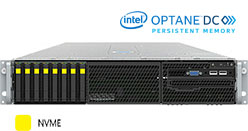
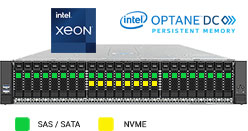
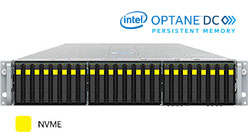
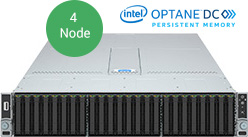

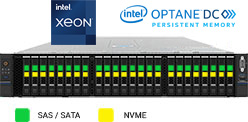
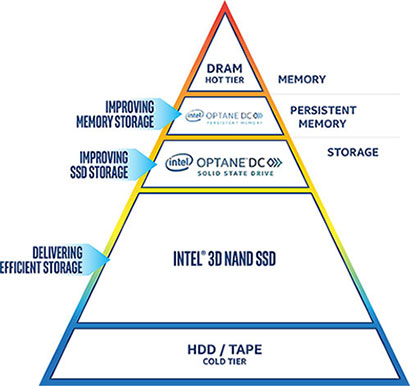
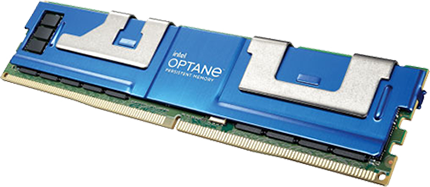




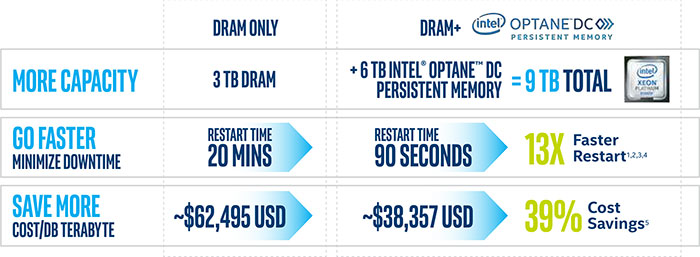


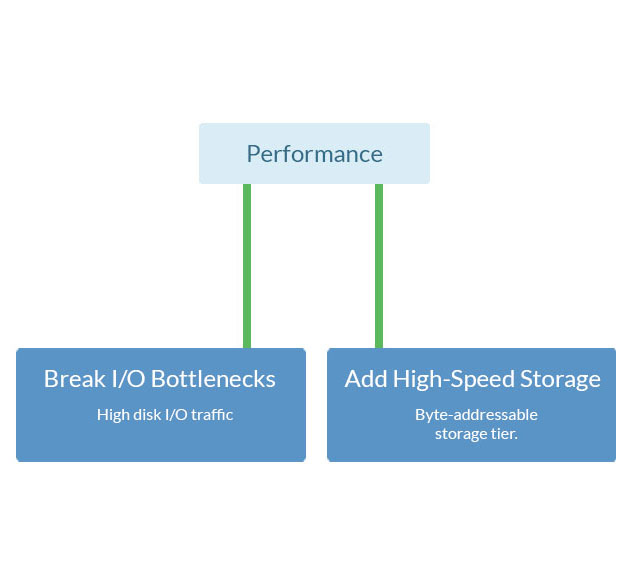
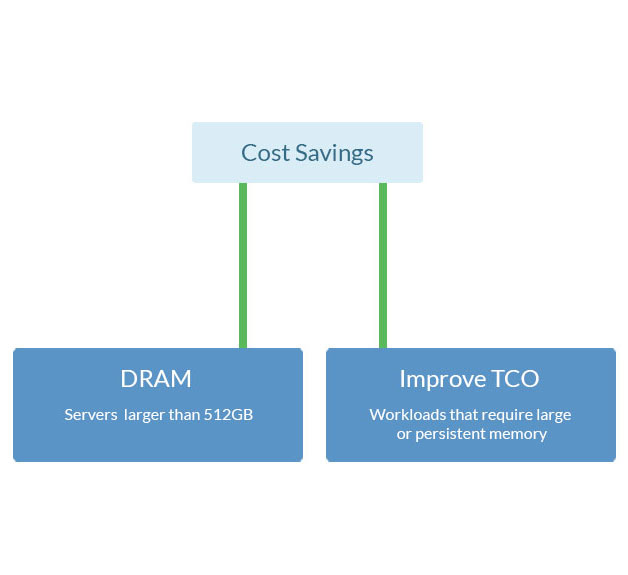




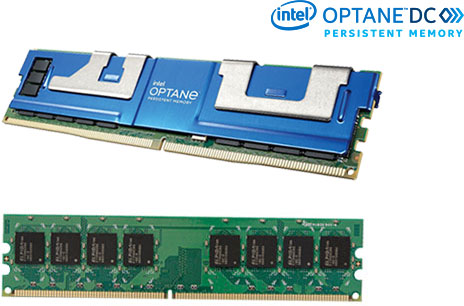

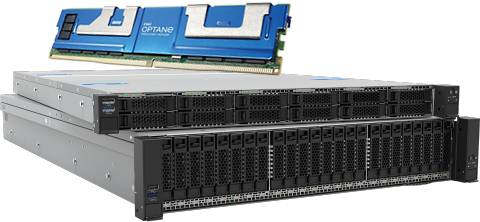

 Extensive Testing
Extensive Testing Customization Service
Customization Service

